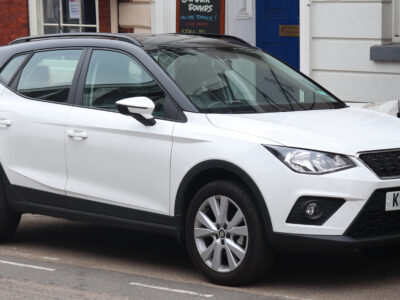
Nissan Juke Fuel Tank Capacity: Complete Guide by Year, Engine, and Model
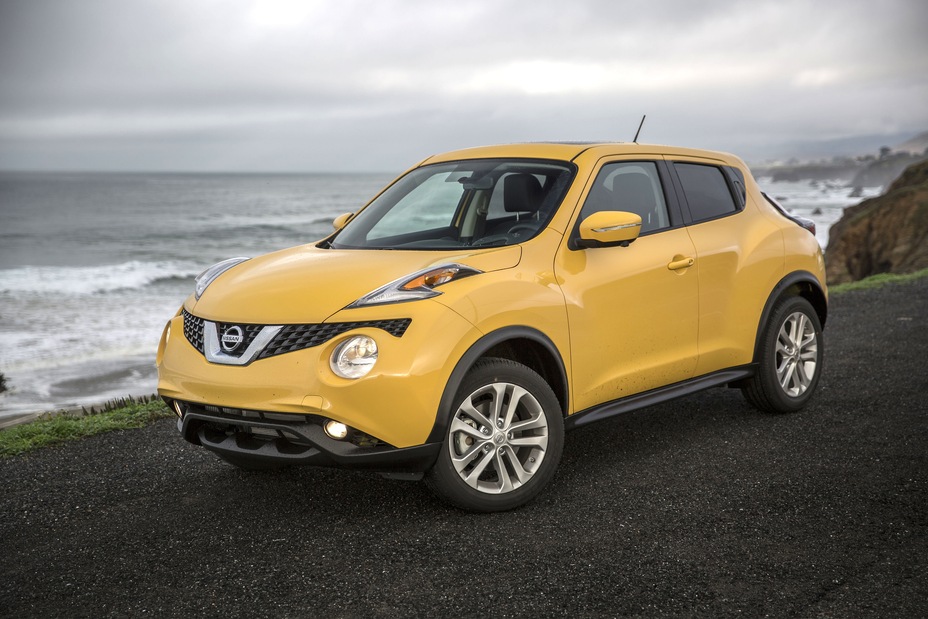
The Nissan Juke is a small crossover SUV that has gained popularity for its unique design, agile performance, and fuel efficiency. But when it comes to practicality, one crucial detail stands out — its fuel tank capacity. Understanding how much fuel your Juke can hold isn’t just trivia; it directly impacts how far you can travel between refuels and how efficiently your engine performs under different conditions.
In this guide, we break down the Nissan Juke fuel tank capacity across all generations, trim levels, and powertrains — from the first 2010 release to the 2020 final edition — so you can easily find the exact data for your model.
- Overview of Nissan Juke Fuel Tank Capacity
- Fuel Tank Capacity by Generation
- Nissan Juke (2010–2014) Fuel Tank Capacity
- Nissan Juke (2015–2020) Fuel Tank Capacity
- Nissan Juke Hybrid (2022–Present)
- Fuel Tank Capacity by Engine Type
- Fuel Efficiency vs. Tank Size
- How Driving Style Affects Range
- Real-World Range Estimation
- Fuel Tank Location and Access
- How to Check Your Juke’s Fuel Tank Capacity
- Common Misconceptions
- Comparison With Rivals
- Fuel Recommendations
- Conclusion
- FAQs
Overview of Nissan Juke Fuel Tank Capacity
The Nissan Juke fuel tank capacity varies depending on engine type, drivetrain, and year of manufacture. Across all petrol and hybrid versions, the fuel tank typically holds between 46 litres and 60 litres.
| Model Year | Engine | Transmission | Fuel Type | Fuel Tank Capacity (Litres) |
|---|---|---|---|---|
| 2010–2014 | 1.6 Petrol | Manual | Petrol | 46 L |
| 2010–2014 | 1.6 Turbo Petrol | Manual/Auto | Petrol | 46 L |
| 2015–2020 | 1.2 DIG-T | Manual | Petrol | 46 L |
| 2015–2020 | 1.6 Nismo RS | Auto | Petrol | 50–60 L |
| 2022–Present | 1.6 Hybrid | Auto | Petrol-Electric | 55 L |
Fuel Tank Capacity by Generation
Let’s break it down by generation to see how the tank size evolved as the Juke matured in design and performance.
First Generation (2010–2014)
- Compact SUV architecture
- Standard 46-litre tank across trims
- Lightweight design aimed at city performance
Second Generation (2015–2020)
- Slightly larger models for better range
- Nismo and Tekna trims received up to 60-litre tanks
- Improved fuel efficiency thanks to DIG-T engines
Third Generation (2022–Present Hybrid)
- Introduction of the Juke Hybrid
- Electric-petrol powertrain with a 55-litre tank
- Balanced range between electric assist and petrol economy
Nissan Juke (2010–2014) Fuel Tank Capacity
The first-generation Juke featured a 46-litre tank across all variants. This was sufficient for its efficient 1.6-litre petrol engine.
Versions and details:
- 1.6L Petrol (117 hp) – 46 litres
- 1.6L Turbo DIG-T (190 hp) – 46 litres
- 1.5L dCi Diesel (110 hp) – 46 litres
Average range:
Depending on the engine, the range varied between 550–700 km on a full tank.
Nissan Juke (2015–2020) Fuel Tank Capacity
The second generation introduced slight performance and comfort upgrades — including variations in tank size for sportier trims.
You may be interested in reading Nissan Juke Battery Replacement (2011-2017) – Complete Owner’s Guide
Nissan Juke Battery Replacement (2011-2017) – Complete Owner’s Guide| Variant | Engine | Power (hp) | Tank Capacity |
|---|---|---|---|
| 1.2 DIG-T | 115 hp | 46 L | |
| 1.6 DIG-T | 190 hp | 46 L | |
| 1.6 Nismo RS | 218 hp | 50–60 L |
This upgrade improved highway range, especially for the Nismo RS, which could stretch up to 800 km under mixed driving.
Nissan Juke Hybrid (2022–Present)
The latest Juke Hybrid combines a 1.6-litre petrol engine with an electric motor, offering 143 hp in total.
It features a 55-litre tank, slightly larger to support longer trips while balancing hybrid efficiency.
Fuel economy:
- Combined WLTP: 4.8–5.0 L/100 km
- Estimated range: 1,000 km+ per full tank
Fuel Tank Capacity by Engine Type
| Engine Type | Tank Capacity (L) | Average Range (km) | Transmission |
|---|---|---|---|
| 1.2 DIG-T Petrol | 46 | 650 | Manual |
| 1.5 dCi Diesel | 46 | 800 | Manual |
| 1.6 DIG-T Turbo | 46 | 600 | Auto/Manual |
| 1.6 Nismo RS | 50–60 | 700 | Auto |
| 1.6 Hybrid | 55 | 1,000 | Auto |
Fuel Efficiency vs. Tank Size
Fuel efficiency determines how far your Juke travels per litre. A smaller tank doesn’t always mean shorter range — if the engine is efficient, it can still go far.
For instance:
- 1.5 dCi Diesel achieves up to 4.2 L/100 km, offering a long 1,000 km range.
- 1.6 DIG-T Petrol consumes around 7.0 L/100 km, giving roughly 650 km per tank.
How Driving Style Affects Range
Your real-world range depends on:
- Aggressive acceleration and braking
- Urban vs. highway driving
- Cargo load and tyre pressure
Pro tip: Maintain steady speeds and proper tyre pressure to extract maximum distance per tank.
Real-World Range Estimation
| Engine | Average Consumption | Tank (L) | Estimated Range |
|---|---|---|---|
| 1.2 DIG-T | 6.5 L/100 km | 46 | 700 km |
| 1.5 dCi | 4.3 L/100 km | 46 | 1,000 km |
| 1.6 Turbo | 7.0 L/100 km | 46 | 650 km |
| Hybrid 1.6 | 5.0 L/100 km | 55 | 1,100 km |
Fuel Tank Location and Access
All Nissan Juke models have the fuel filler cap located on the left-hand (driver) side.
The tank is positioned centrally under the rear seats to optimize weight distribution and safety.
How to Check Your Juke’s Fuel Tank Capacity
- Open your owner’s manual → “Technical Specifications” section.
- Check the fuel flap label – it shows recommended fuel and capacity.
- Look up your VIN number online for precise model data.
- Use diagnostic apps like OBD-II Car Scanner for real-time fuel info.
Common Misconceptions
- “All Jukes have the same tank size.”
False — capacity varies by trim and drivetrain. - “A bigger tank means better mileage.”
Not necessarily — efficiency depends on engine tuning and weight. - “Hybrid Jukes have smaller tanks.”
Actually, the hybrid has a larger tank to balance electric range with fuel use.
Comparison With Rivals
| Model | Fuel Tank (L) | Combined Range (km) |
|---|---|---|
| Nissan Juke | 46–60 | 650–1,000 |
| Renault Captur | 45–48 | 700 |
| Peugeot 2008 | 44–50 | 750 |
| Hyundai Kona | 50 | 800 |
| Toyota Yaris Cross | 42 | 950 (hybrid) |
The Juke offers one of the largest tank capacities in its class, especially in the Nismo and Hybrid versions.
You may be interested in reading Nissan Juke Battery Replacement (2011-2017) – Complete Owner’s Guide
Nissan Juke Battery Replacement (2011-2017) – Complete Owner’s Guide Nissan Juke Key Fob Battery Replacement Guide (Step-by-Step)
Nissan Juke Key Fob Battery Replacement Guide (Step-by-Step)Fuel Recommendations
To keep your engine healthy:
- Use unleaded petrol with 95 RON or higher
- Avoid E85 unless specified
- For diesel engines, use low-sulphur EN590
Regularly add fuel system cleaners to maintain injector efficiency and prevent carbon buildup.
Conclusion
The Nissan Juke fuel tank capacity ranges from 46 to 60 litres, depending on the model and powertrain.
This practical SUV balances compact design with impressive range — particularly in its hybrid variant. Whether you’re driving through urban streets or planning long road trips, the Juke’s tank size and efficiency make it a reliable companion that won’t keep you waiting at fuel stations.
FAQs
1. How big is the fuel tank in a Nissan Juke?
Between 46 and 60 litres, depending on the model and year.
2. Does the Juke Hybrid have a smaller fuel tank?
No, it holds 55 litres, balancing both electric and petrol range.
3. How far can a Juke go on a full tank?
From 650 km (petrol) up to 1,100 km (hybrid) depending on driving conditions.
4. Which Juke has the biggest tank?
The Nismo RS and Hybrid versions, with up to 60 litres.
5. What side is the fuel cap on?
On the left-hand side for all Nissan Juke models.
 Nissan Juke Battery Replacement (2011-2017) – Complete Owner’s Guide
Nissan Juke Battery Replacement (2011-2017) – Complete Owner’s Guide Nissan Juke Key Fob Battery Replacement Guide (Step-by-Step)
Nissan Juke Key Fob Battery Replacement Guide (Step-by-Step) Nissan Juke Clutch Replacement: Complete Guide for 1.5 dCi Models
Nissan Juke Clutch Replacement: Complete Guide for 1.5 dCi ModelsIf you want to know other articles similar to Nissan Juke Fuel Tank Capacity: Complete Guide by Year, Engine, and Model you can visit the category Service and Parts.
Deja una respuesta

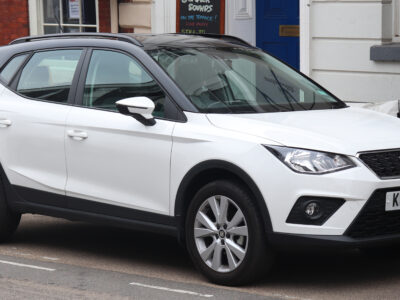
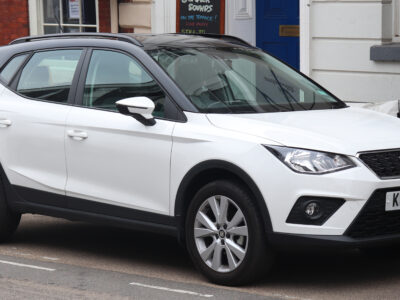
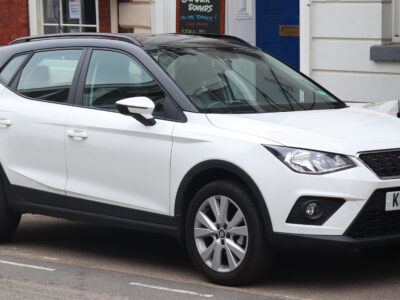
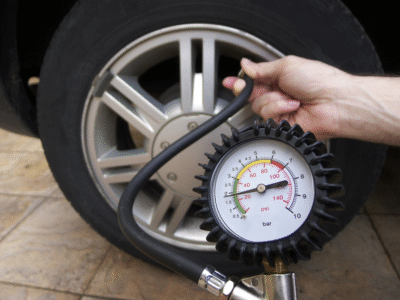
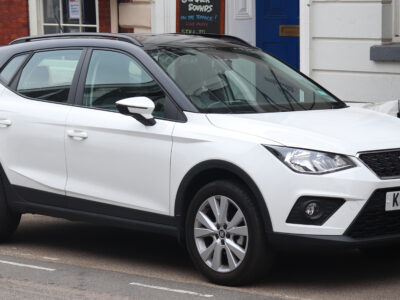
More content of your interest